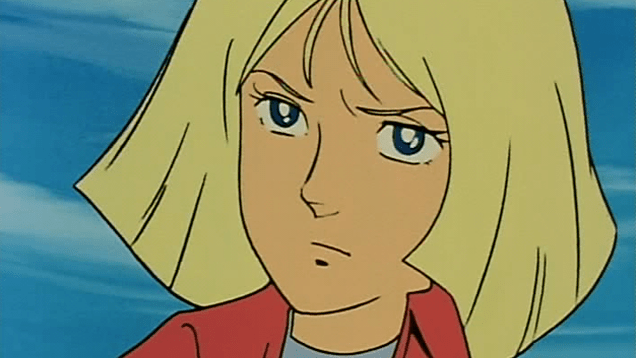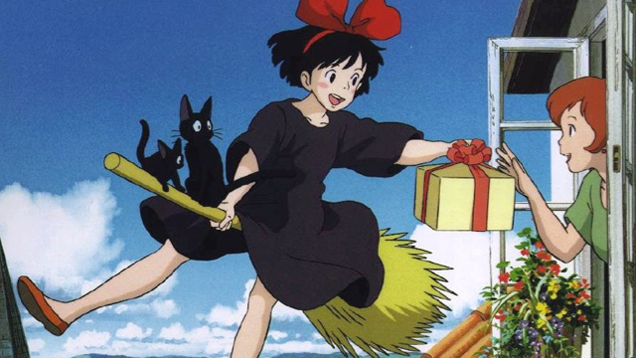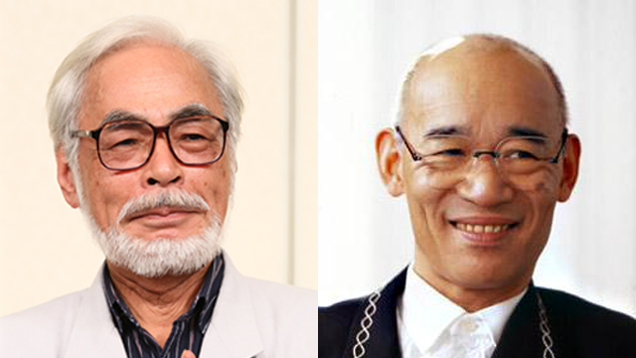Hayao Miyazaki of Studio Ghibli fame. Yoshiyuki Tomino of Gundam fame. Both are two of Japan’s most famous anime creators. And psychiatrist Tamaki Saito gives his professional opinion on what makes both men tick.
Saito is also the author of Beautiful Fighting Girl and helped popularise the idea of hikikomori, an acute type of social withdrawal. In the past, when the Japanese media has misrepresented otaku (geek) culture, Saito would appear on television or in print, explaining that of course anime fans and gamers do not confuse fantasy with reality. Over the years, he’s been very understanding of Japanese geek culture and has covered it with sensitivity and insight. He is also quite provocative and interesting.
In the recently released Moe Manifesto, author and academic Patrick W. Galbraith interviewed Saito about moe, Japanese geek culture, and even otaku sexuality. The book has interviews with numerous creators and pundits, convering a variety of otaku-related topics. [Full disclosure: Galbraith’s book was published by Tuttle, which also publishes my books.]
According to Saito, when mainstream anime was being produced in the 1970s, there was less of an awareness of the adult viewers. “When people say that Hayao Miyazaki, Japan’s most celebrated director of animated films, or Yoshiyuki Tomino, who created the Gundam universe, are otaku, I think they are a little off,” Saito said. “These men have never really understood what their work meant to fans.”

The example Saito gave is how, he says, according to Eiji Otsuka, Tomino was attempting to allude to the Palestine issue with the original 1979 Gundam series. “Anime fans did not consider these larger political issues and instead loved the characters,” Tomino said. For him, politics were important, but also reality. So, it made sense that characters would be involved in regular activities, such as taking a shower, which would make them more human.
“The character in the show, however, was Sayla from Mobile Suit Gundam, and she was extremely popular among fans.” According to Saito, “Tomino did not realise the impact that it would have to show this character nude on screen.” There were even stories of fans snapping photos of the scene on their TV screens as the anime inadvertently created desire for the character. Saito says, “Tomino doesn’t like otaku and criticises them, which is an example of an anime director struggling with the legacy of his work.”
Rumour has it that Tomino is not a fan of the Gundam series he is not involved with. And back in 2009, he said that video games brought “no productivity” and “consoles are just consuming electricity.”
Sounds difficult being Tomino, no? Maybe. Maybe not. But in Saito’s own personal opinion, Miyazaki is even more tormented. “As I see it, one of the central issues in Miyazaki’s works is sexuality,” he said. “This is blasphemy against such a beloved creator of family entertainment, I know, but allow me to explain.”
According to Saito, when Miyazaki was in high school, he saw Japan’s first full-length colour animated film, Panda and the Magic Serpent. “Miyazaki writes that he fell in love with the young heroine, a girl named Bai-Niang, and it was this that inspired him to choose a career in animation rather than manga,” said Saito. “I’ll be blunt: Miyazaki’s love of this fictional character is reflected in his repeated use of a young heroine in all his works.”

As reported by website Flickering Myth, Miyazaki is quoted as saying, “I can still remember the pangs of emotion I felt at the sight of the incredibly beautiful young, female character, Bai-Niang, and how I went to see the film over and over as a result. It was like being in love, and Bai-Niang became a surrogate girlfriend for me at a time when I had none.”
Miyazaki’s characters have, thus, been key in expanding the number of bishojo (beautiful girl) fans in anime. “But Miyazaki does not like the otaku that love his characters or write fanzines about them even though he himself fell in love with Bai-Niang and made the young female protagonist a central characteristic of his work.”
Earlier this year, Miyazaki was quoted as saying that the problem with the anime industry was that it was “filled with otaku.”
Perhaps this is what makes the work of both Tomino and Miyazaki so brilliant — that there is conflict, there is attraction, and there is repulsion. Whatever it is, it works, with both creators producing a lifetime worth of groundbreaking anime as their legacies.
The Moe Manifesto [Tuttle]
Ken Ishii | Getty Images / Gundam Wiki

Comments
3 responses to “Psychoanalysing Two Of Japan’s Greatest Anime Creators”
…and on the left KFC’s new Japanese manager Colonel Chanders.
Don’t ya mean Colonel San Desu 😀
Aye? AYYYYYYE?
Two old men stuck in a old world.